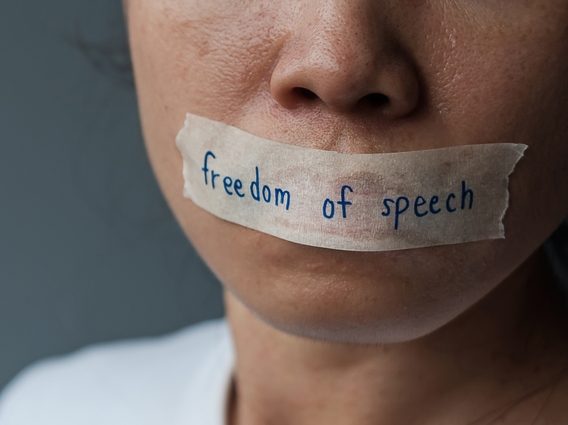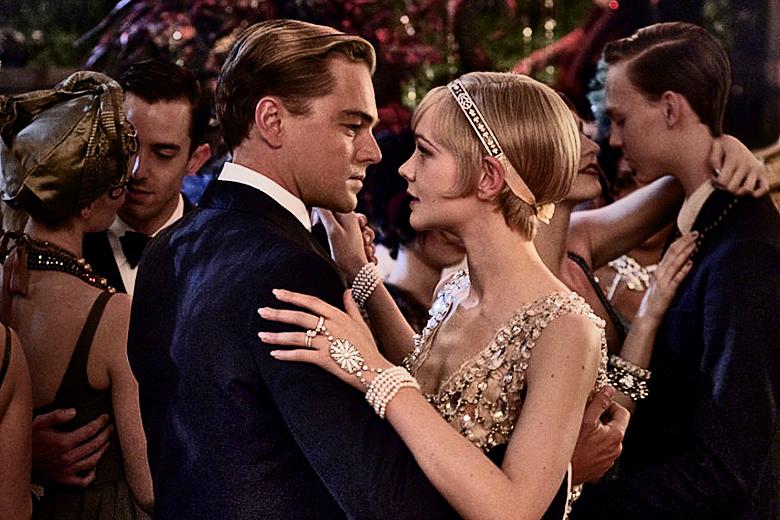As the first academic year since affirmative action ended gets rolling, Black enrollment at prestigious universities has staggered.
When race was taken out of consideration within admissions, demographics were bound to change. There have been several reports of changes in enrollment, Harvard’s Black enrollment dropping to 14 percent from 18, Columbia’s going from 20 to 12 percent and at Brown, 15 percent of Black students dropped to 9.
“There’s not equal exposure anymore, or equal opportunity. It’s clear to me that without affirmative action we’re gonna see a real decline in diversity on campuses” MHS sophomore Bowen Brownstein said. The numbers have been telling in the regard that in the absence of affirmative action, enrollment analytics are going to be shaken up.
“We aren’t given the same opportunities that white students might, and there’s a need to balance that out. There are qualified students that are not offered certain chances, that’s who affirmative action was helping. There’s a lot of confusion about what affirmative action was trying to accomplish which is where this stigma of unfair admissions comes from,” MHS senior Trinity Williamson said.
The concept of diversity and ethnicity having a place within admissions decisions has been a historically important presence on college campuses, and without it, universities will struggle to create the same diverse community.
Contrary to these mentioned declining numbers, schools of the same rigor’s enrollment of Asian American students has increased. Columbia’s 30 percent jumped to 39, and MIT’s 40 percent became 47. This was predicted by Students for Fair Admissions, the group that brought this case to the Supreme Court, in belief that under the circumstances of “fairer” admissions processes, Asian American enrollment would increase. Their idea of fairness meant admissions looked at academic statistics only – race and ethnicity staying completely separate from decisions. This proof can not be taken for certain, however, as schools such as Harvard’s Asian American enrollment has stayed relatively the same.
“It’s important to not have a homogeneous community and I don’t think there’s anything unfair about that,” Williamson said. “I definitely think there are issues with anti-Asian bias, and I think there are issues with anti-Black bias, that’s an established thing, but I don’t think that anti-Asian bias is an inherent thing to affirmative action, so I don’t think it was ever working against Asian-American students”
Affirmative action is a crucial part of creating a community emphasizing equity, and diversity. Considering race, gender, and other factors in admissions helps level the playing field for individuals historically marginalized due to discrimination, and without this variable boosting these minority groups, there’s no telling how many students won’t get the shot they deserve at these prestigious institutions.
Those who question the fairness of affirmative action therefore question the eligibility of students that have been admitted through the help of this system.
“I’ve also seen statistics related to minority groups referring to students not disclosing their race after being enrolled. When affirmative action was in place, I think people were more open about saying ‘This is my identity. This is how I am different’. Now, that’s controversial so people may be keeping that to themselves more” Williamson said.
Being unique and offering something fresh to a college campus is something students have wanted to express about themselves, but in a world without affirmative action, the importance of those differences seems to get lost amongst applicants.
Affirmative action being struck, as predicted, has caused increasingly disproportionate enrollment demographics, but only time will tell the exponential effects of this ruling.














